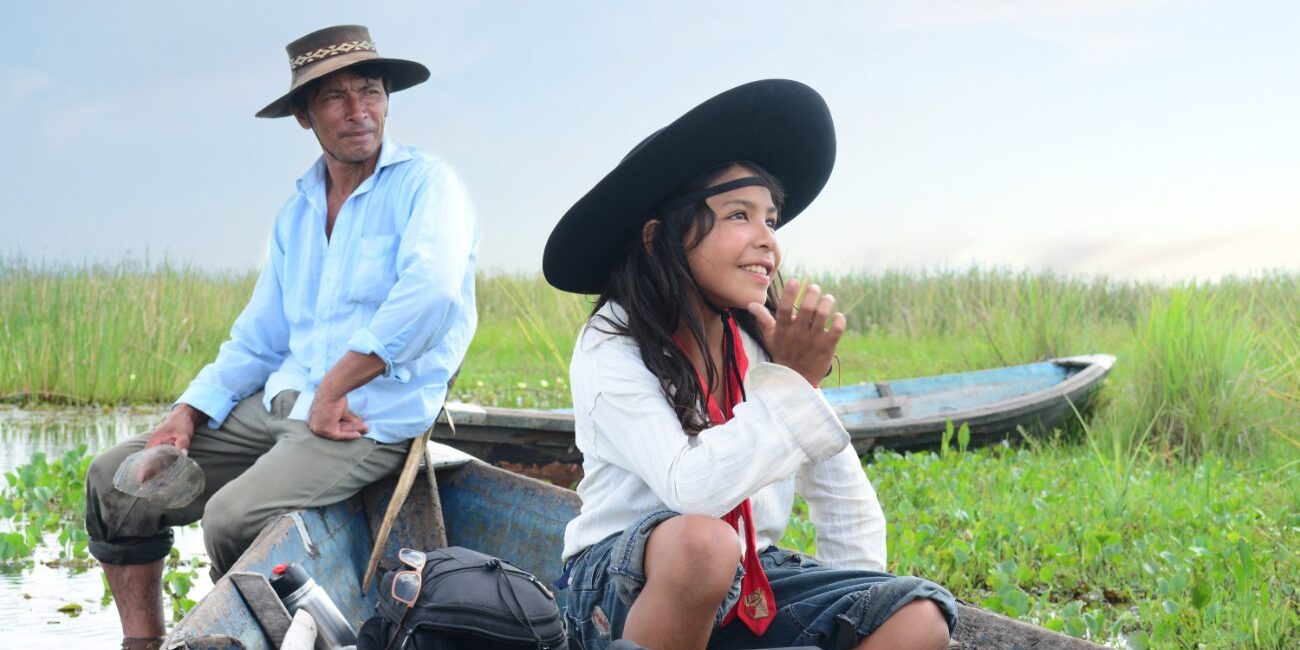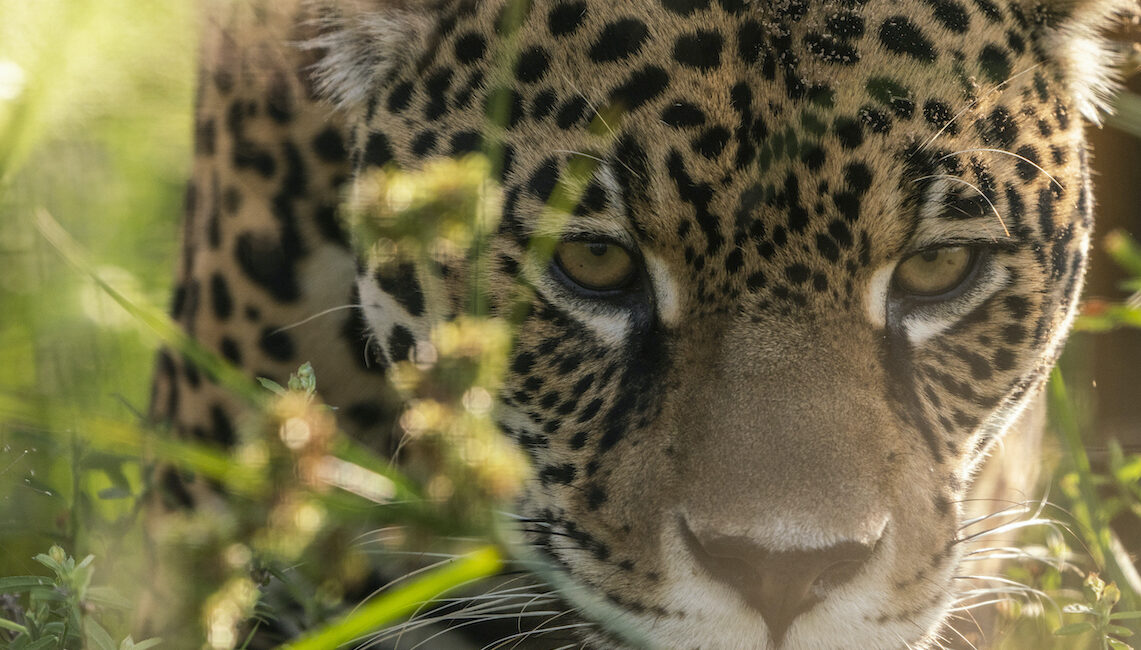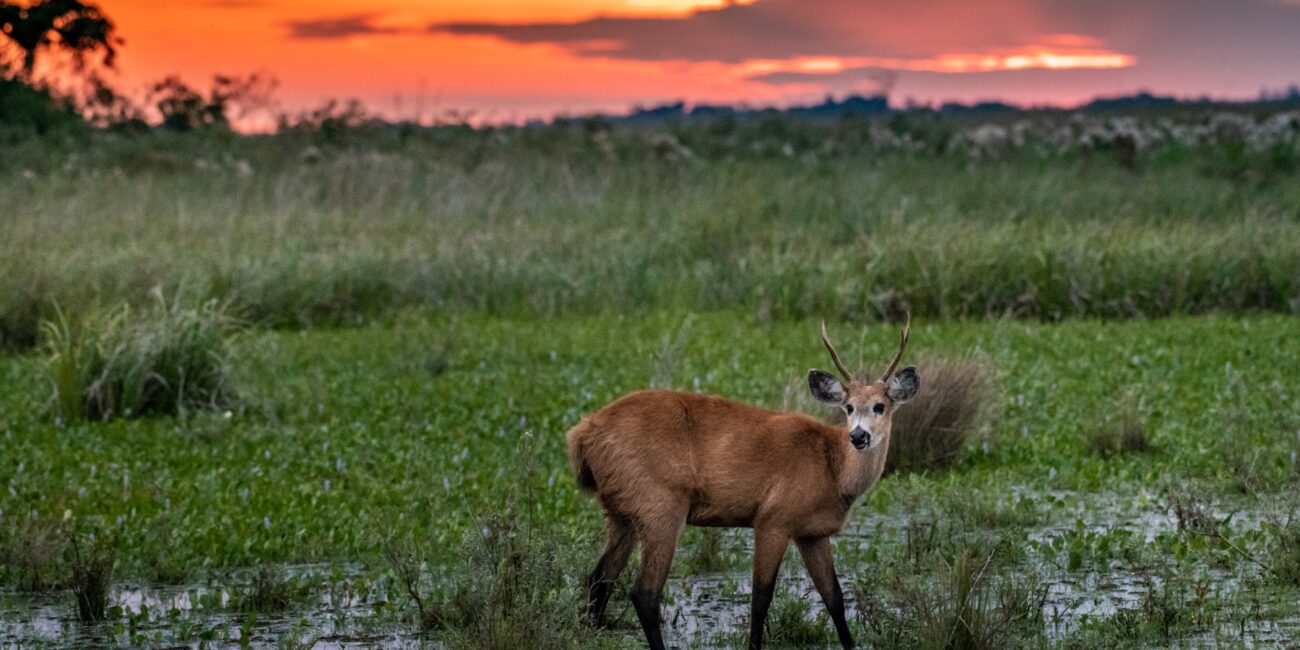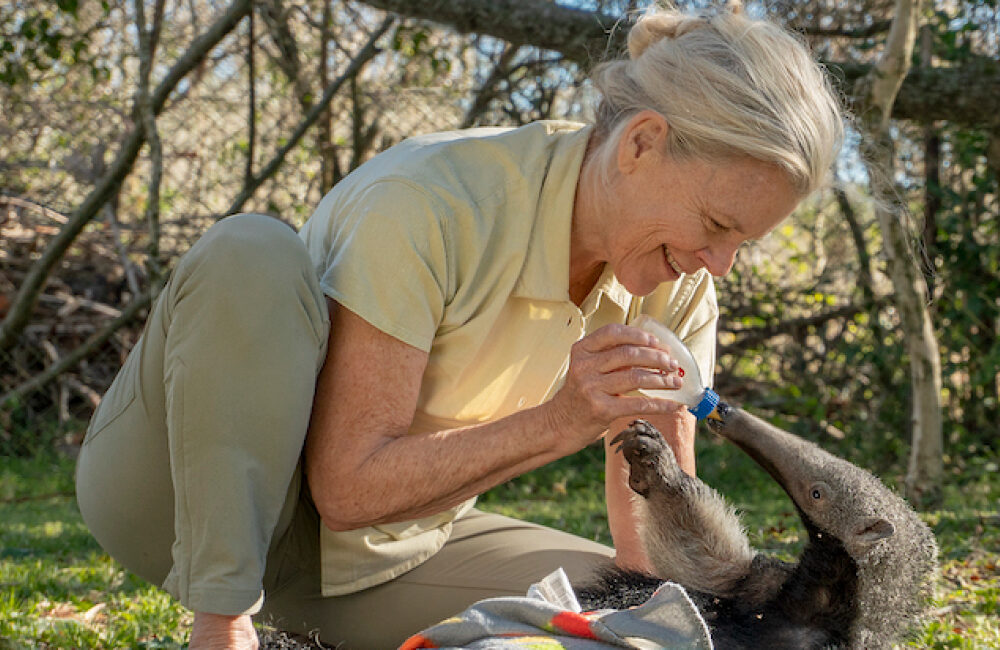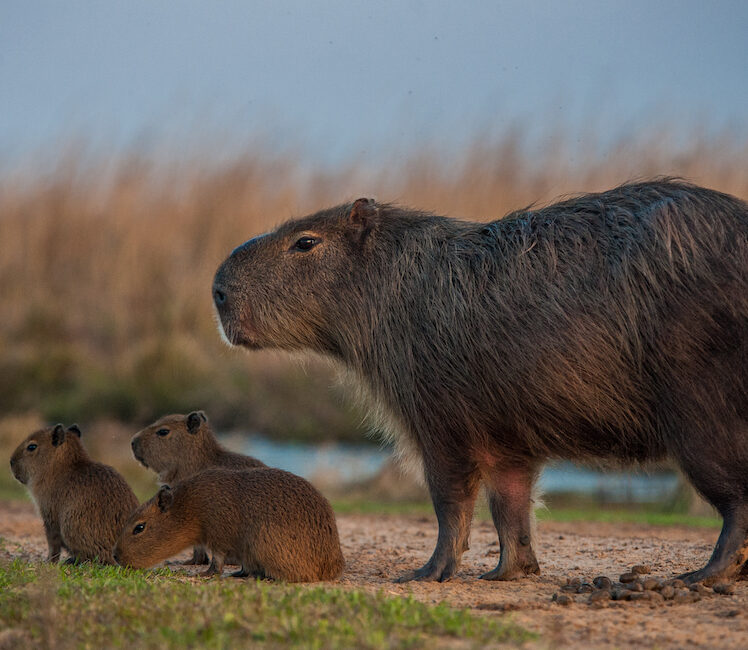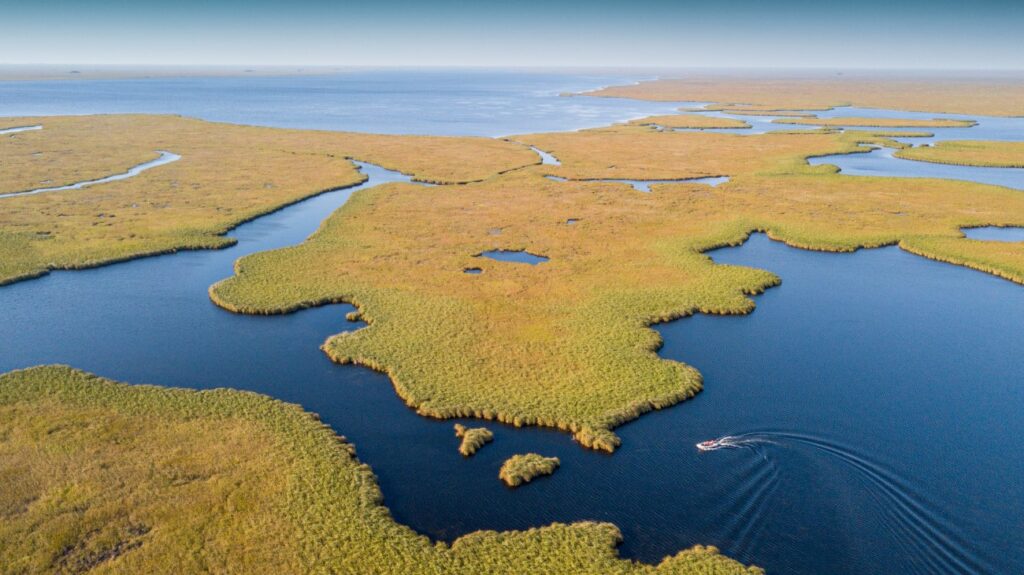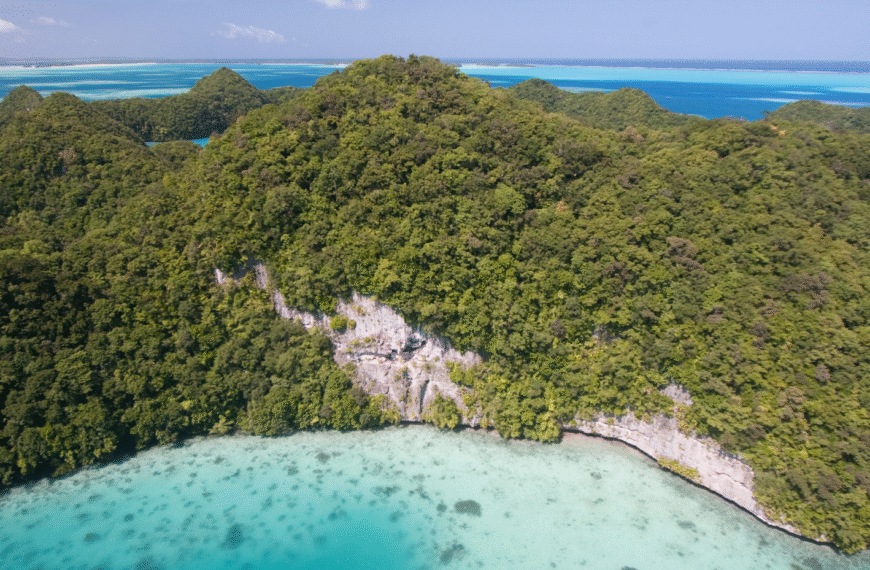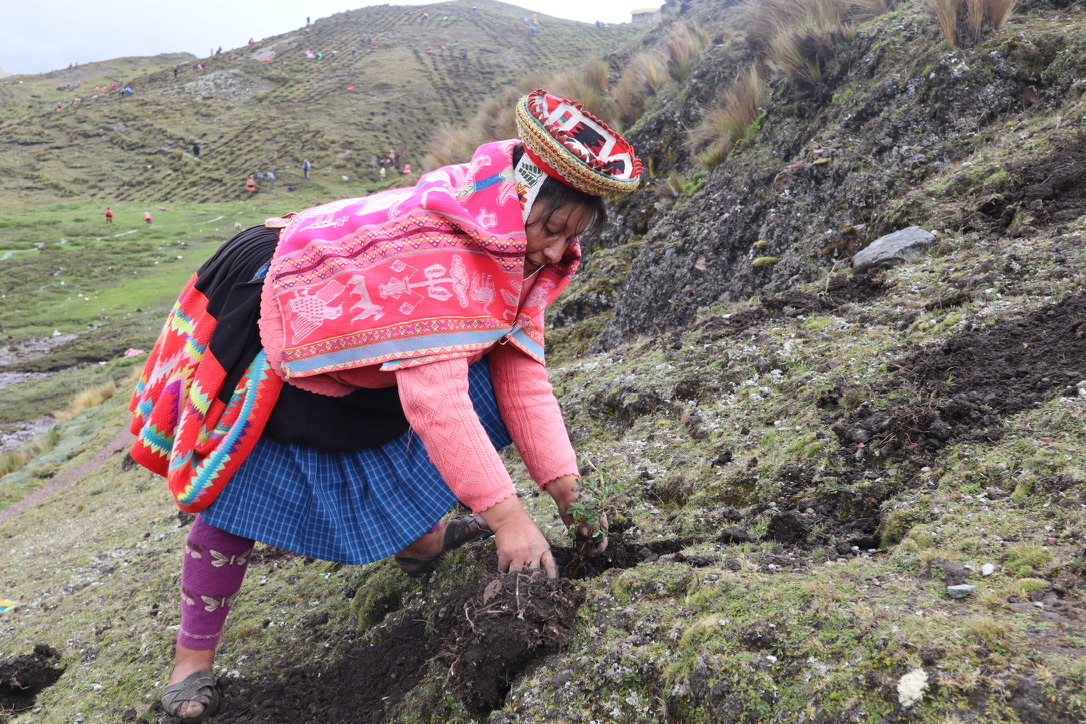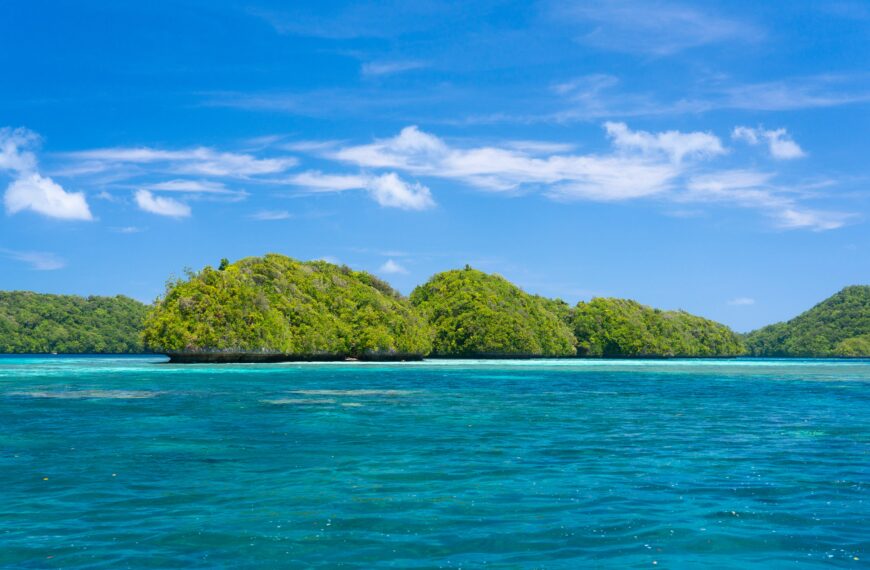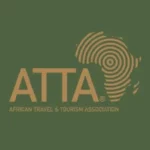Rewilding Iberá
Ahead of our journey to the Iberá Wetlands, Argentina, (29th September – 6th October 2024), we caught up with Sebastián Di Martino, Conservation Director of Rewilding Argentina, to hear about their remarkable story of rewilding success in Iberá National Park. Hosted by UK rewilding expert, Alastair Driver, our inspirational fireside chat shared learnings on community engagement, the economic benefits of nature tourism, the impact of species reintroduction to local landscapes and much more! Read on for key insights into this emblematic legacy of rewilding in Argentina.
You cannot undertake conservation on such a scale without the support of the local communities
Sebas first visited Iberá on a roadtrip with three friends in 1994. They rented a car and drove to Iberá where, at the time, the local village was nothing more than a handful of houses and unpaved roads.
“Most of the young were leaving to go to the cities, and most of the remaining public were employees working on cattle ranches or in forestry jobs. Now, Colonia Carlos Pellegrini is a different place, where young people are coming back to work and their livelihoods are based entirely on nature and rewilding tourism. Where the province was initially reluctant to create a national park, the local community was supportive.
They recognised the opportunity for job creation and development. The land changing from private to public is an important economic model. Local people are now mostly wildlife and nature guides, thanks to there being public access to a place visited for its wildlife.”
“One of Rewilding Argentina’s key aims has always been to work alongside the community, and grow with it. Our project in Iberá required huge territories and we needed social support to build these. Our model is focused around park creation, restoration and communities, and as such, the communities see the creation of the park as an opportunity for job creation, development and wellbeing. We have helped to create a place where locals can guide tourists, and we train them to become guides – horseback guides, kayaking, canoeing etc.
The people of Corrientes deserve the most credit for the return of the jaguar. Most of the jaguars in the reserve have been named by local schools and the national park’s neighbours. If a jaguar moves from the park to the surrounding private protected area, people are happy to send us pictures of its footprints in the sand. It’s a nice story! Without the social support from the local people and towns, from priests, schools, mayors etc, we wouldn’t have been able to achieve what we have.”
Iberá’s rewilding success is benefitting new regions
When Sebas first visited Iberá, he was excited to see a handful of marsh deer that were typically difficult to find. Since then, the number of marsh deer in Iberá has increased exponentially. This is thanks to Tompkins Conservation and Rewilding Argentina. By buying land (that had previously been over-cleared with fires and logging for cattle ranching and forestry) and creating a protected area, they have allowed the grasslands to return to their former ecological health and bolstered numbers of both predator and prey.
“Iberá is now one of the strongholds of marsh deer. There are actually projects to take marsh deer from Iberá and use them to help repopulate other areas. Where Iberá used to be decimated of wildlife and we needed to bring wildlife in to help it recover, now Iberá is a source of wildlife to help other places recover.
Anteaters were the first species reintroduced into Iberá, having been extinct from the region for 130 years. No one was paying much attention to this species, and it isn’t a big carnivore, so it was easier to get permits for their release.
Now we have several generations of anteaters all over Iberá, and individuals are beginning to leave the national park. A group of Brazilian biologists recorded an anteatear in the southernmost state of Brazil – more than 100km from Iberá – that we are sure came from here!”
Keystone species affect populations, behaviours, and landscapes
Iberá is home to more jaguars than anywhere else in Argentina – some 10% of the country’s population. Capybara are responsible for around 60% of their diet and researchers are monitoring how the jaguars’ presence is affecting their behaviour and, in turn, Iberá’s landscapes.
“Some carnivores chase their prey, like lions and wolves, but the jaguar ambushes it. They like to stay in places where they can easily hide and their prey learns to avoid these places. This has a grazing impact which might increase in some areas and decrease in others, causing the landscape to evolve.
When the pressure on a herbivore increases, vegetation is left in better shape and able to sequester more carbon through greater photosynthesis. The environmental crisis is linked to the biodiversity crisis, so rewilding is also playing its part for climate change.”
Trying the impossible can lead to unimaginable success, and initial challenges become easier over time
Co-founder of Tompkins Conservation, Doug Tompkins, loved to fly. He first saw the wetlands from an aerial view and knew that, similar to the Pantanal, they would make a brilliant habitat for jaguars. Having worked closely on the reintroduction of wolves to Yellowstone, when Kris and Doug bought their first ranch in Iberá in 1998, they were already thinking about the reintroduction of jaguars.
“Latin America didn’t have a culture of reintroduction and locals were focused on the impossibilities. Sometimes outsiders can come with the best ideas because their perspective isn’t trapped within these impossibilities.
Initially, there was politics. People didn’t believe that two Americans would donate the land they’d brought to the government. There wasn’t a philanthropy culture, especially around nature, and it was a big controversy. But this reaction was because, at first, people didn’t understand what Doug and Kris were really trying to do, and after they did donate the land, suspicious voices grew quieter.
By the end of the story, the Tompkins had donated half a million hectares to expand or create parks in Argentina and negative responses became fewer and fewer. There is always conflict where territory is concerned, but Doug and Kris Tompkins helped change a national attitude and their efforts paved the way for the work of Rewilding Argentina and similar organisations to be increasingly accepted.”
JOIN THE JOURNEY TO ARGENTINA
Our journey to Argentina (29th September – 6th October 2024) will be hosted by Sofía Heinonen, Executive Director of Fundación Rewilding Argentina, whose work and leadership has been recognised in the BBC 100 Women of 2022 – the 100 most inspiring and influential women from around the world in 2022. The exclusive journey offers firsthand engagement with the remarkable legacy of Doug and Kris Tompkins of Tompkins Conservation, who are responsible for 15 million acres of new and enlarged national parks, and 30 million acres of marine reserves across Argentina and Chile
View the journey page here.
